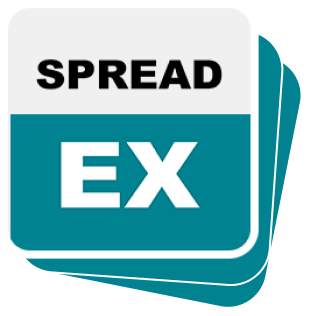Test- FTSE 100 Kicks Off August on a High as BP and Senior Lead Market Momentum
$11
10 Oct 2025, 13:13


A mortgage is a loan that is taken out to purchase real estate. This form of loan is a secured loan meaning that the property acts as a security for the lender. It is important for the client to maintain the monthly mortgage payments as failure to maintain the payments could result in the property being repossessed. At the end of Q1 2021, the outstanding value of all residential mortgage loans in the UK was £1.601 TRILLION, up 4.9% YoY, the largest single debt in the country. (Source FCA)
The most common types of repayment methods for a mortgage:
This is where the borrower of the loan (mortgagor) repays the capital and interest of the loan to the lender (mortgagee) throughout the term of the mortgage. As a result, at the end of the term, the borrower would own the property outright as there would be no outstanding balance. This is most common for residential mortgages.
This repayment type is significantly lower than a repayment mortgage as the borrower is not paying the capital as they are only repaying the interest of the mortgage throughout the full term. As a result, at the end of the mortgage term, the full value of the sum borrowed has to be repaid to the lender. This can be through a repayment vehicle such as the sale of the property. This method of payment is common in buy-to-let properties as it could help increase the yield from the rental income.
When taking out a mortgage most people choose to be tied into a fixed-term product to allow themselves to be locked onto the best interest rate for a duration of time. This will provide people with the stability of payment as they will know how much they are obligated to repay to their lender each month. The benefit of taking out a fixed-term product is that people are protected from the fluctuation of interest rates. However, an early repayment charge is generally payable to the lender if the client was to leave the fixed-term product before the end of the interest rate period.
When a fixed-term product finishes the client will move onto the lender’s standard variable rate (unless they re-mortgage onto another fixed-term product). This gives the client flexibility as they are no longer tied in with the lender as they are not “fixed” into a product. However, monthly payments are more expensive compared to being in a fixed-term product. If the Bank of England was to increase the interest rate lenders would also increase their rate, therefore, exposing borrowers to fluctuations.

Tradable assets:
CFDs, Spread Betting, Managed Portfolios, ISAs, Options
Rating:
FCA: ![]()